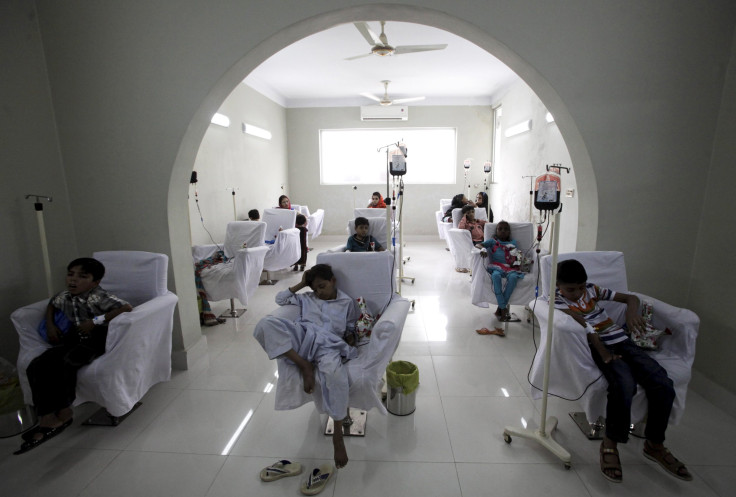Genome Editing May Lead To A Cure For Sickle Cell Anemia

Researchers at the University of New South Wales in Australia have set the groundwork for finding a cure for sickle cell anemia and other blood disorders by discovering a gene-editing technique which uses proteins known as TALENs to introduce such naturally occurring genetic mutation back into the cells. According to Dr Merlin Crossley, the lead author, this particular approach should prove to be safe and effective since the genetic mutation already occurs naturally in humans.
Hemoglobin, a protein molecule in the red blood cells, has the function of carrying oxygen from the lungs to the rest of the body. While in the womb, the developing fetus uses its mother’s oxygen for survival and growth which is facilitated by a different type of hemoglobin that is equipped with higher affinity for oxygen. The fetal hemoglobin is replaced by the adult hemoglobin six months after it is born. As soon after the birth, the gene for producing fetal hemoglobin is switched off.
However, few individuals continue to exhibit this mutation throughout their lives, and it is observed that in people with hemoglobin blood disorders, such as sickle cell anemia, this mutation creates an unexpected benefit .According to Crossley,"This good mutation keeps their fetal hemoglobin gene switched on for the whole of their lives, and reduces their symptoms significantly."
Researchers have developed a new way to mimic this natural mutation by using a newly developed method of gene-editing. The technique involves the use of unique gene-editing proteins TALENs which can be designed to both cut a gene at a special point and provide a replacement gene to insert in its place.
For their analysis, the team of researchers induced a cut in the DNA of RBCs by using TALENs. The DNA then naturally seeks the nearest spare gene to repair the break as quickly as possible, thereby increasing the fetal globin expression .The researchers observed that by changing just one letter of DNA in a gene ,the symptoms of sickle cell anemia and thalassemia seem to get alleviated.
The team is of the belief that this ability to revert adult hemoglobin back to its prenatal stage might allow the individuals with hemoglobin blood disorders such as Sickle cell anemia to experience the same benefits as those who experience this mutation naturally. However, this technique will not be able to produce any heritable changes in a patient’s genetic makeup.
To contact the writer, email:ruchira.dhoke@gmail.com





















